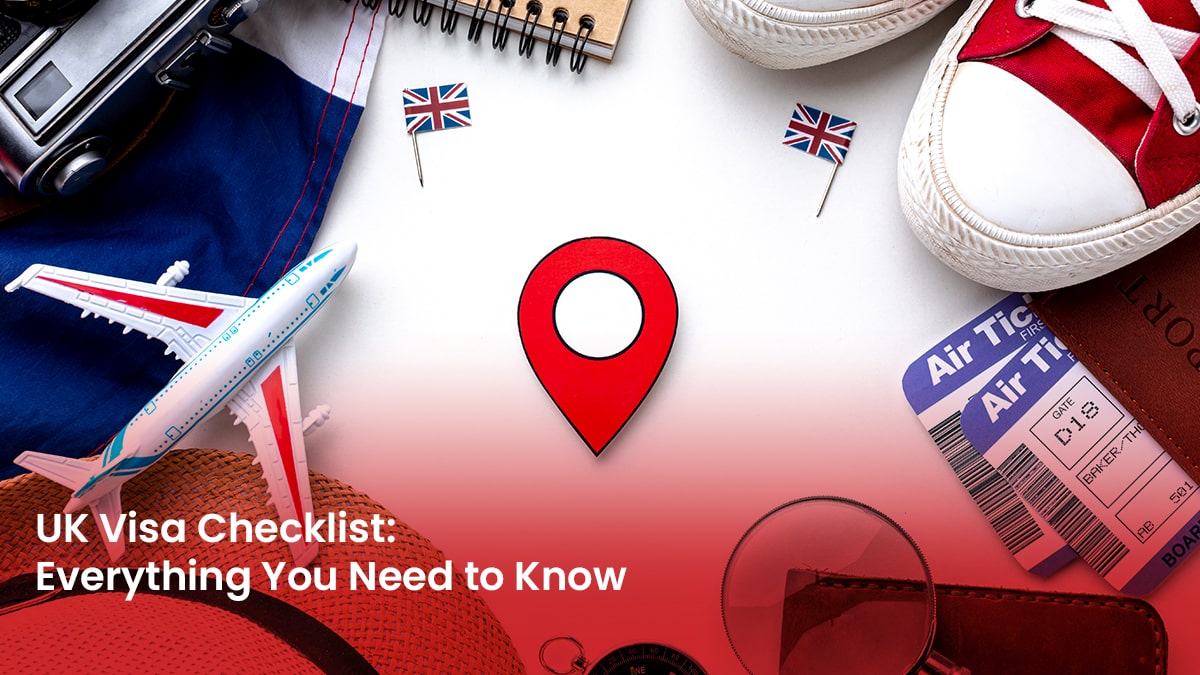A person has to get the right license if they want to drive legally in Canada. This will depend on their purpose and needs, and the requirements of the province or territory where they live, although this license is valid anywhere in Canada.
The various training courses drivers can take will tackle the specific requirements of their respective provinces and help them pass the tests. Generally, getting a license in Canada requires taking a written test and a driving test regardless of the type of license one wants. One will also have to renew the license on the date indicated on it.
This article will discuss the types of driver licenses available in British Columbia, which are more or less the same for other provinces, and for what types of vehicles or activities one can use them. This will inform drivers on the training courses they should take.
Types
The type of license one gets in British Columbia will dictate the type or class of vehicle they can operate legally in Canada. That said, one should take training courses specific to the license they want.
Class 7
Everyone over the age of 16 can get a Class 7 driver’s license in British Columbia. They can drive the same vehicle types with a Class 7 license as with a Class 5 license. The only difference is a Class 7 license has graduated licensing program (GLP) restrictions. A driver can:
- Drive cars, trucks, vans, utility vehicles with up to two axles maximum, and motor homes
- Tow any vehicle or trailer with a maximum weight of 4,600 kg
- Operate moped or all-terrain vehicle
- Operate three-wheeled vehicles with the exception of trikes and motorcycles with sidecars
In order for one to get their full license to drive legally and without restrictions in Canada (Class 5), they will need to go through the GLP to obtain a Class 7 license, a three-year probationary period all new drivers have to go through.
First, they have to apply for a Class7L or Learner’s license (L), with which they can only drive if they have a licensed driver next to them and they need to display a large “L” on their vehicle. They are also not allowed to drive between midnight and 5 a.m. To apply for an L license, a driver needs to acquire parental consent if they are under 19, and pass a vision test to get it.
After a minimum of 12 months practicing with their L license with no demerits, a driver can apply for their Class 7N or Novice license (N). They have to pass a knowledge and road test, after which they may drive without supervision as long as they display a large “N” on their vehicle. However, restrictions apply, which include:
- Zero blood alcohol
- Limit of one passenger unless it is immediate family or accompanied by another driver with a Class 5 license over the age of 25
- If one gets a traffic infraction during the two-year requirement as an N driver, they have to take the N program all over again.
After 18 to 24 months as an N holder with no incident, a driver can apply for a Class 5 license, which no longer has GLP restrictions.
If one is a new driver in Canada, it is a good idea for them to undergo new driver training to help them pass the Insurance Corporation of British Columbia (ICBC) tests. These come in several packages, so one should take an assessment to find out what suits them best before applying for a Class 7 license.
Class 5
This is the most common license type in British Columbia. This allows one to drive a Class 5 vehicle, which includes all the vehicles enumerated for a Class 7 license. The only difference is GLP restrictions no longer apply. However, it is not possible to obtain a Class 5 license without going through the GLP described above.
When it comes to the training course one should take, it depends on their driving skills. They may choose from refresher packages (three lessons) to full-blown driver training (eight sessions). To find out one’s skill level, the person interested can take a driving assessment. It should not take more than 90 minutes.
Class 1
A Class 1 license in British Columbia is necessary to operate commercial vehicles. These include:
- Semi-trailer trucks
- All other motor vehicles (class 1-5) or combinations
After getting one’s license, they can legally operate loaded semi-trailer trucks and get a job as a commercial driver. However, they may not operate a motorcycle with a Class 1 license.
To get a Class 1 license, one needs to satisfy the following requirements:
- Hold a valid Class 5 Driver’s License
- No driving-related criminal convictions in the previous three years
- 19 years or older
- A Class 1 learner’s license
- Pass the commercial road test
The training required to drive a semi-trailer truck is much more than for driving a regular vehicle. Many Class 1 training courses that drivers take can help prepare them for the road test. The course drivers choose will depend on their current skill level.
The Class 1 Basic course is suitable as a refresher for drivers with previous Class 1 or 3 driving experience. For those new to the skills required, they will need a more in-depth course.
Class 2
The Class 2 license is for those who want to gain employment as a bus driver. If a driver has a Class 2 license, they can drive a school bus, special activity bus, special vehicle, and any Class 4 and 5 vehicle.
To get a Class 2 license, one needs to satisfy the following requirements:
- Hold a valid Class 5 Driver’s License
- No driving-related criminal convictions in the previous three years
- 19 years or older
- A Class 2 learner’s license
- Pass the commercial road test
The training required to drive a bus also requires special skills. A Class 2 training course with “behind the wheel” training that includes an air brake course is just the right one to prepare drivers for the road test.
Class 3
The Class 3 license is for those who want to gain employment as a commercial driver. If one has a Class 3 license, they can:
- Drive trucks with two axles or more such as tow trucks and dump trucks
- Tow vehicles of any weight
- Operate a mobile truck crane
- Drive any Class 5 vehicle
To get a Class 3 license, one needs to satisfy the following requirements:
- Hold a valid Class 5 Driver’s License
- No driving-related criminal convictions in the previous three years
- 19 years or older
- A Class 3 learner’s license
- Pass the commercial road test
The training required to drive a bus also requires special skills. A Class 3 training course with “behind the wheel” training is just the right one to prepare drivers for the road test.
Class 4 (restricted and unrestricted)
The Class 4 license is for those who want to gain employment as a professional driver of Class 4 vehicles. These include:
Restricted
- Taxis
- Limousines
- Ambulances
- Specialty vehicles with a seating capacity of 10 or less
- School bus
- Special vehicle for the transportation of people with disabilities
Unrestricted
- Any bus with a maximum seating capacity of 25 persons
- Taxi
- Limousines
- Ride-hailing service e.g. Lyft
- Ambulance
- Any Class 5 vehicle
To get a Class 4 license, one needs to satisfy the following requirements:
- Hold a valid Class 5 Driver’s License
- No driving-related criminal convictions in the previous three years
- 18 years or older
- A Class 4 learner’s license
- Pass the road test
Interested drivers will want to go for training that will qualify them for both restricted and unrestricted Class 4 licenses. A Class 4 training course with “behind the wheel” training is just the right one to prepare them for the road test.
Conclusion
Training courses drivers can take to get any license in British Columbia are easily available. All one has to do is to choose what kind of vehicle they want to drive. However, not all driving instruction is equal, especially when one hopes to make a career out of their driving skill. When choosing a training course, go for a school that has a long history of success in driver training.
To learn more about driving safely, check out MSM Unify’s article on defensive driving.












